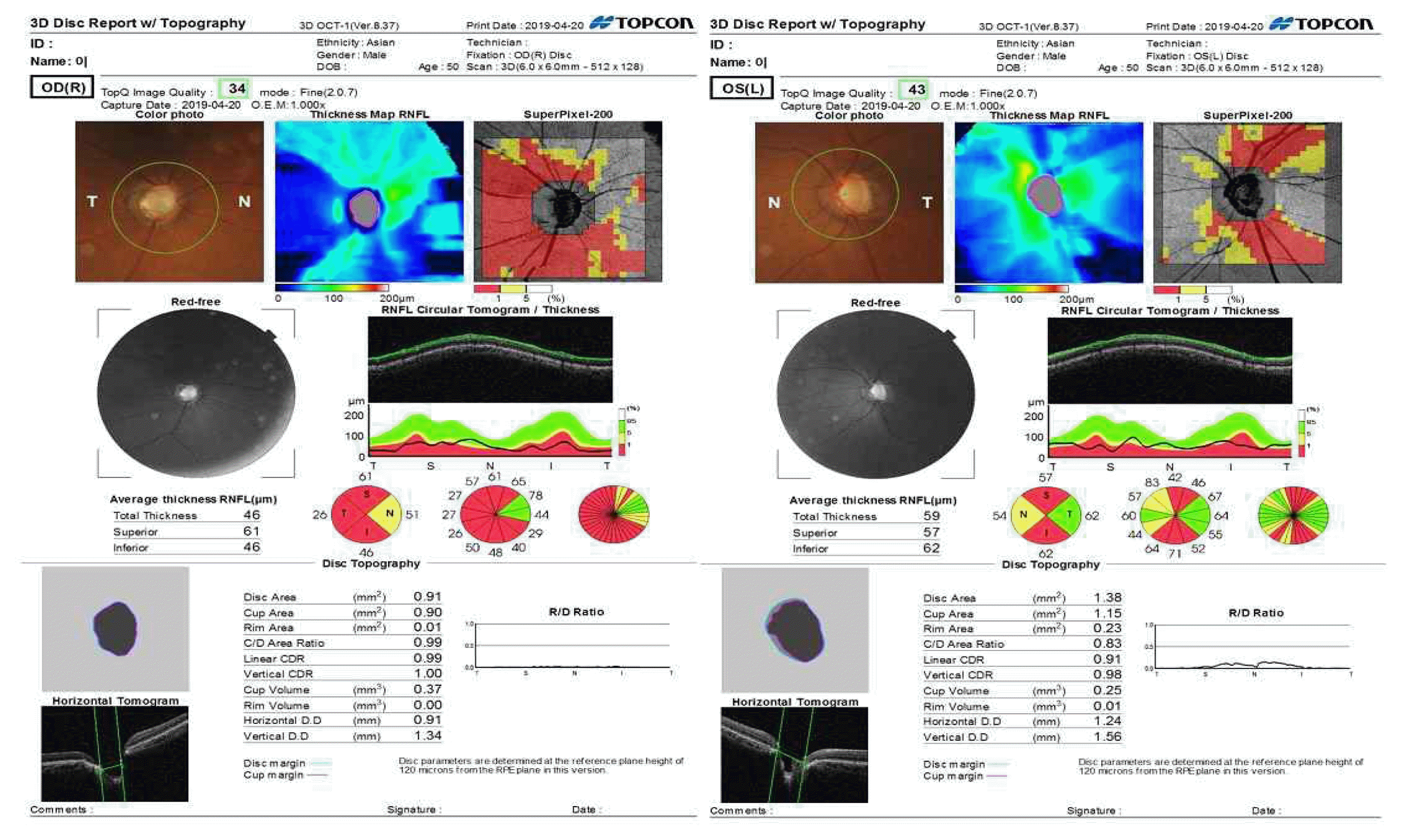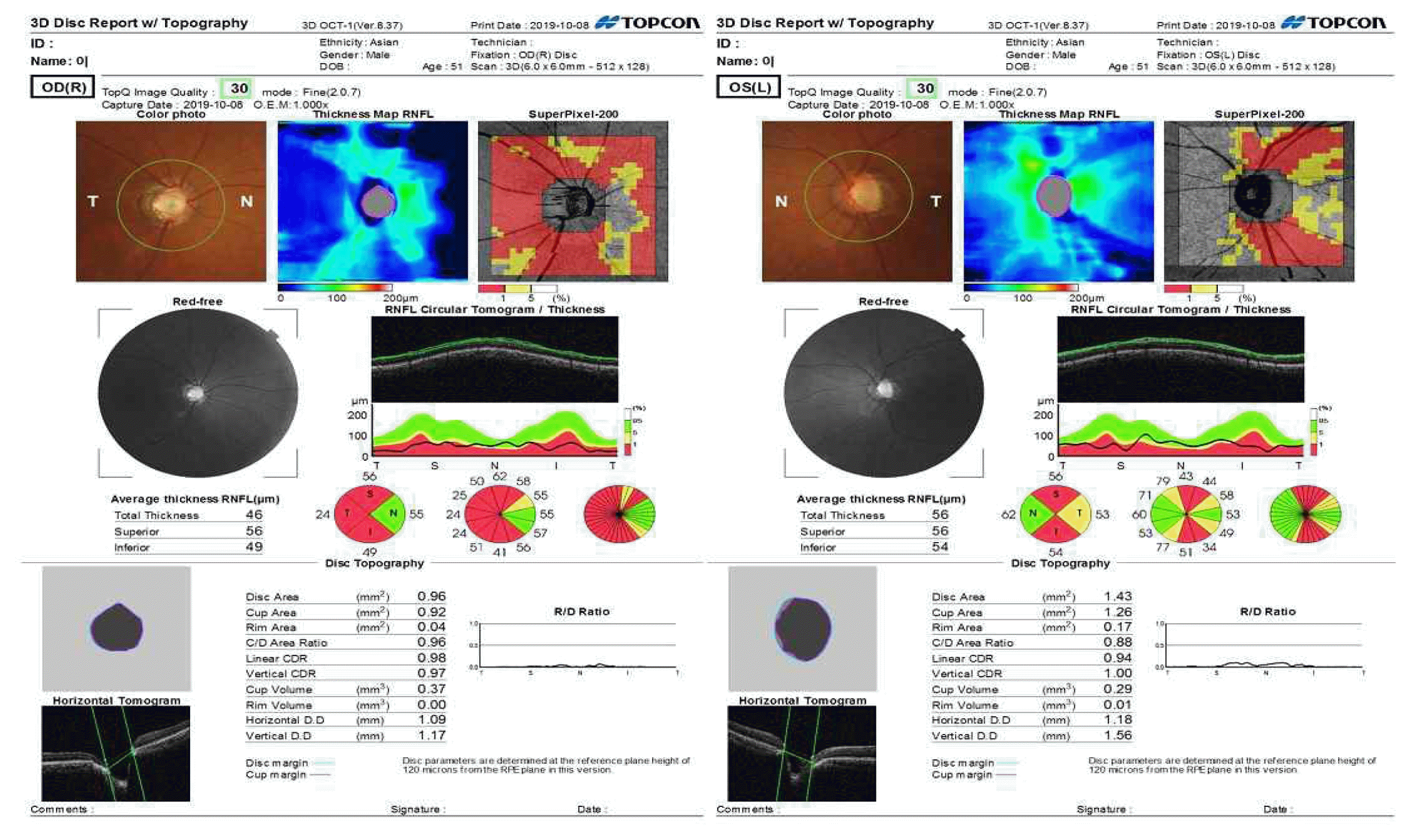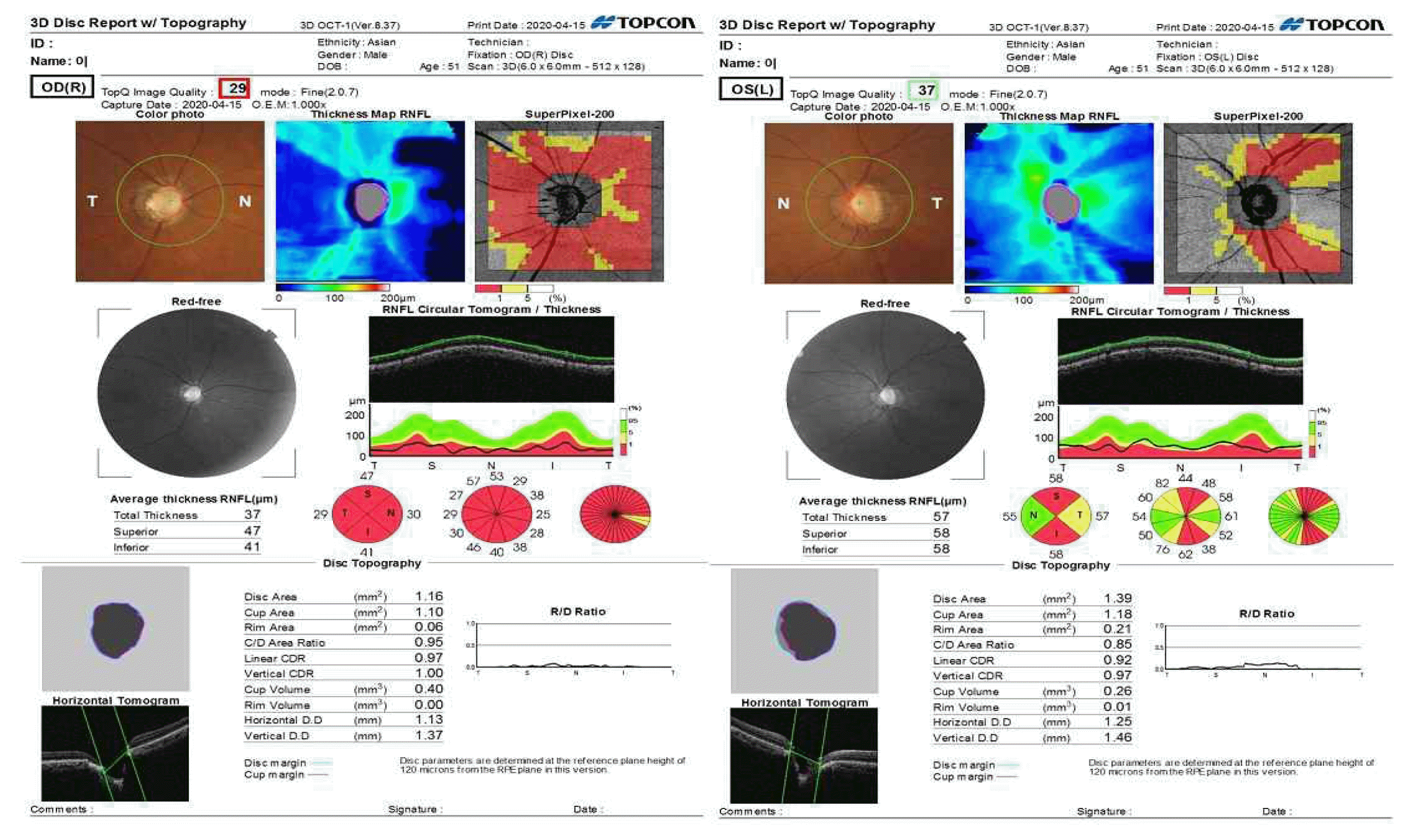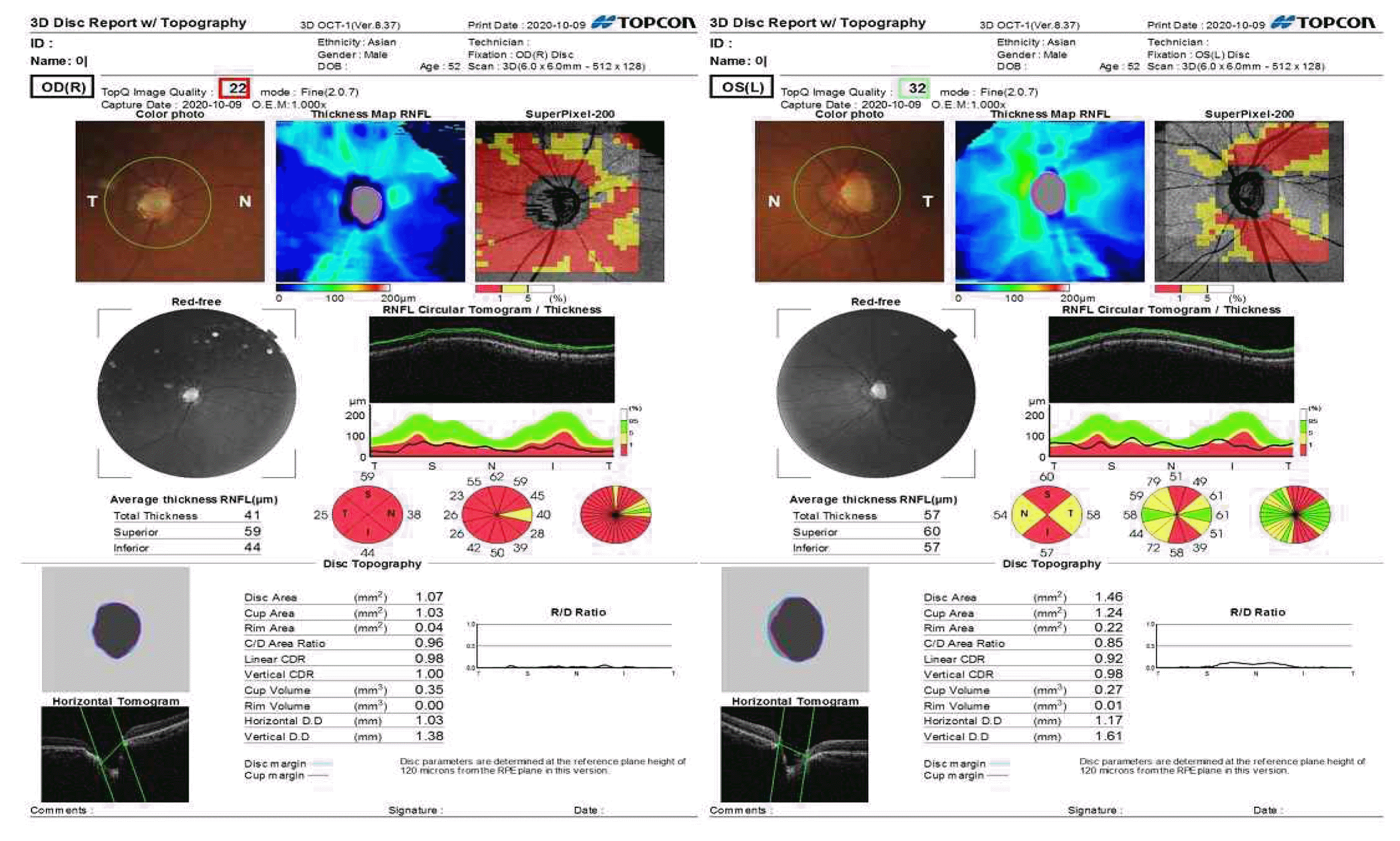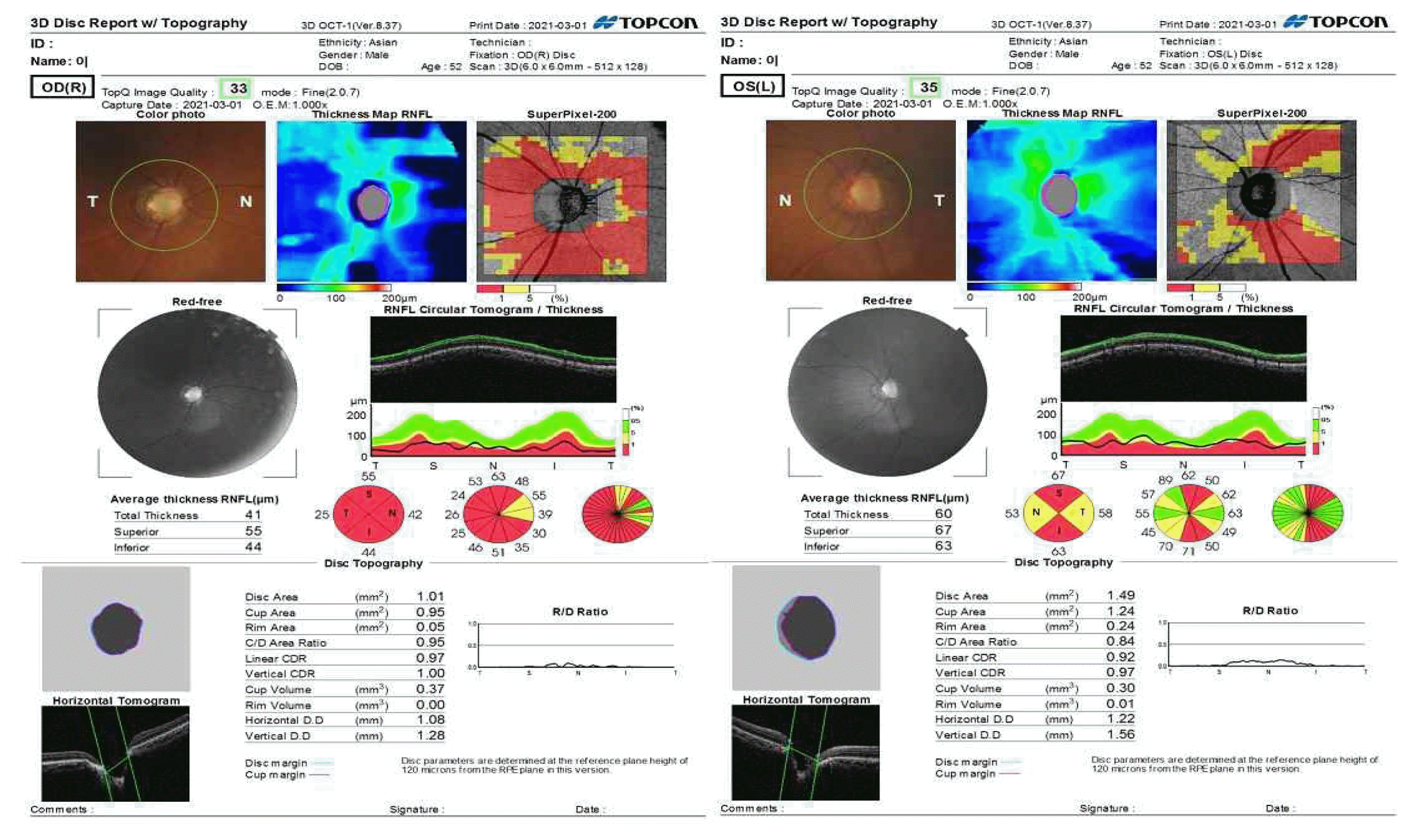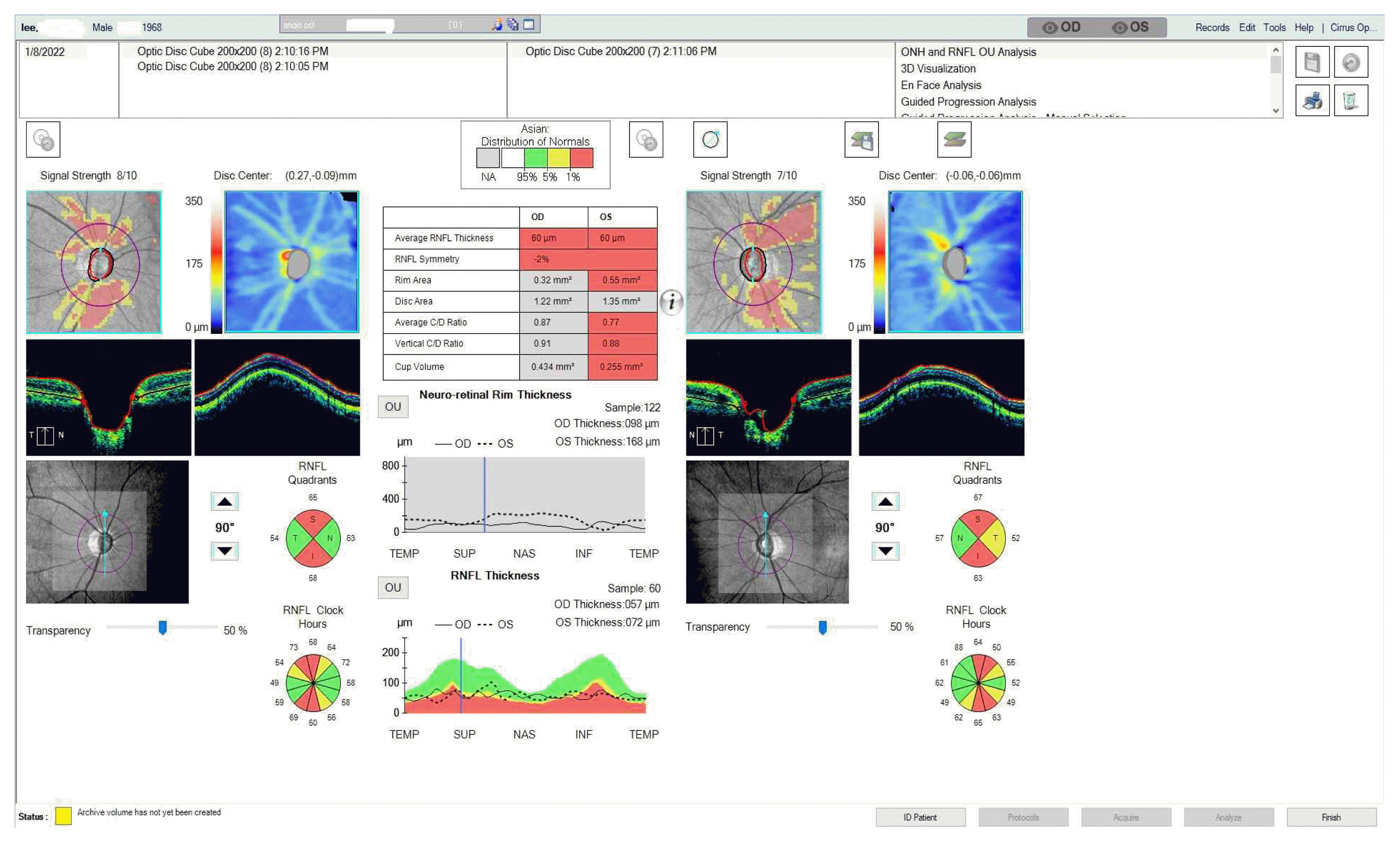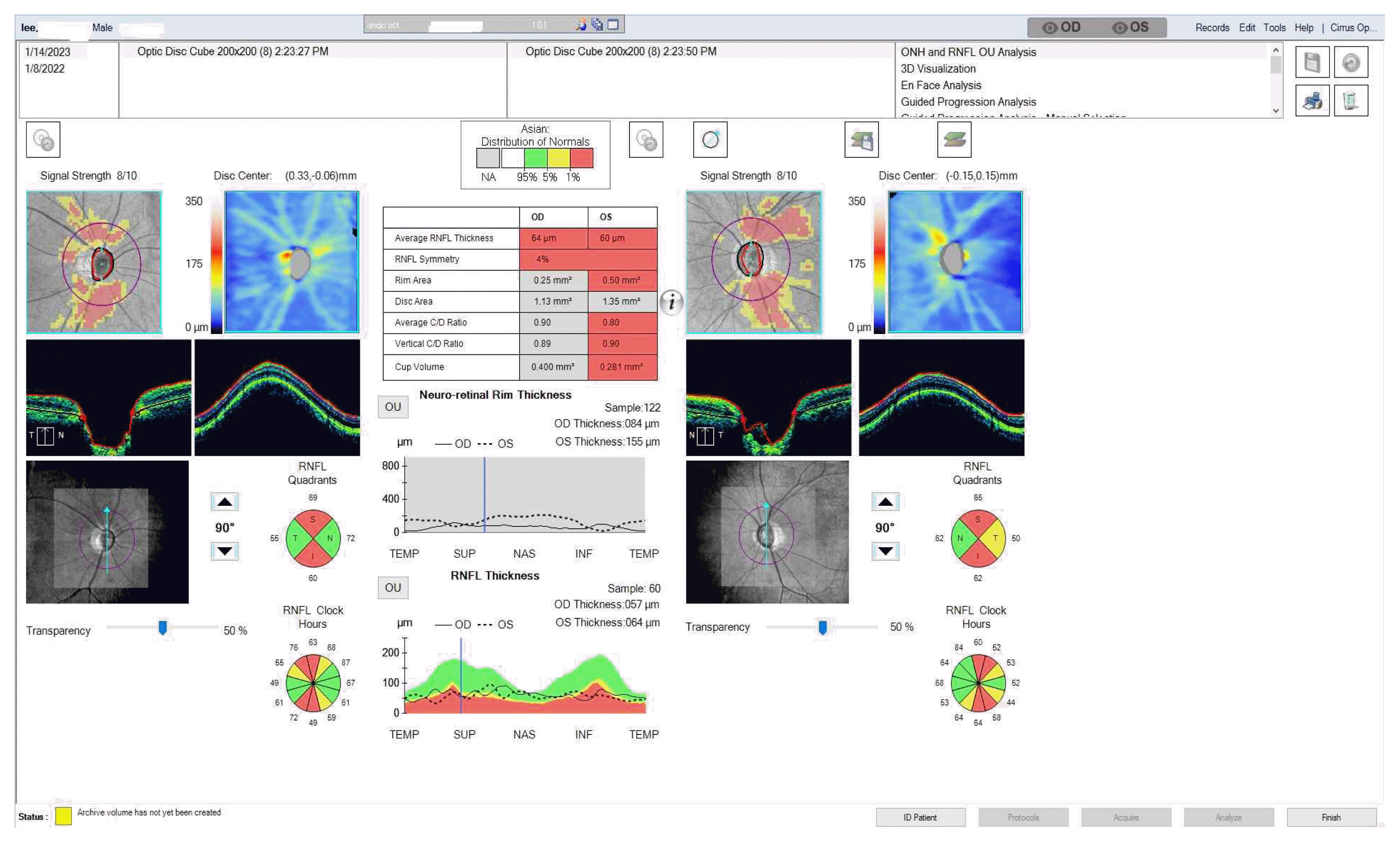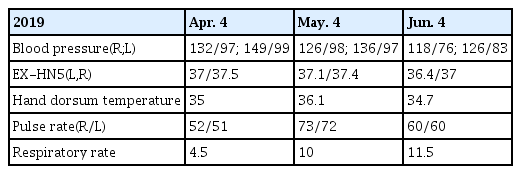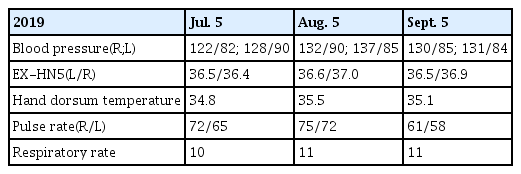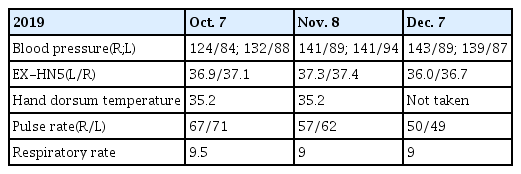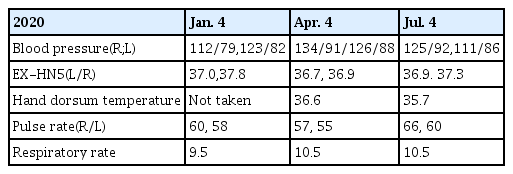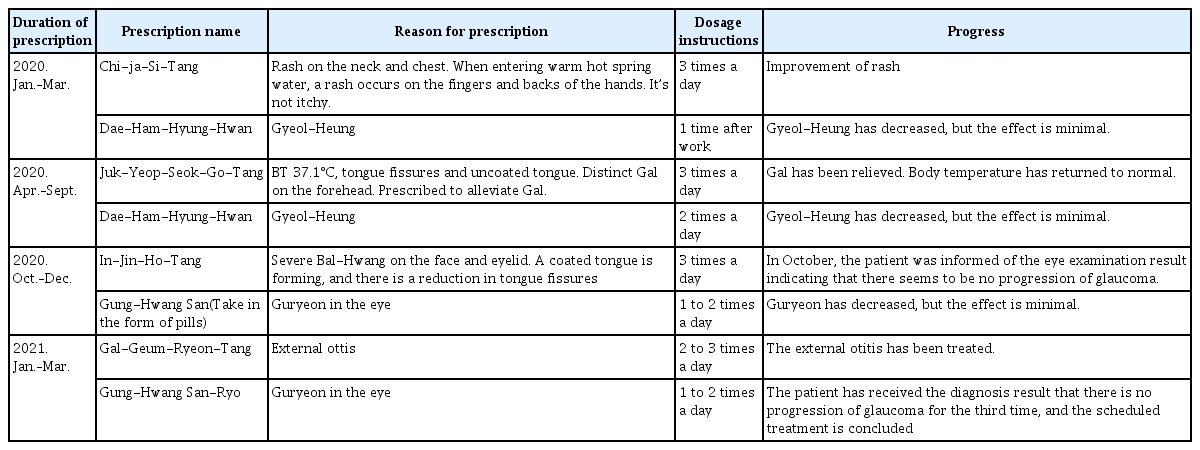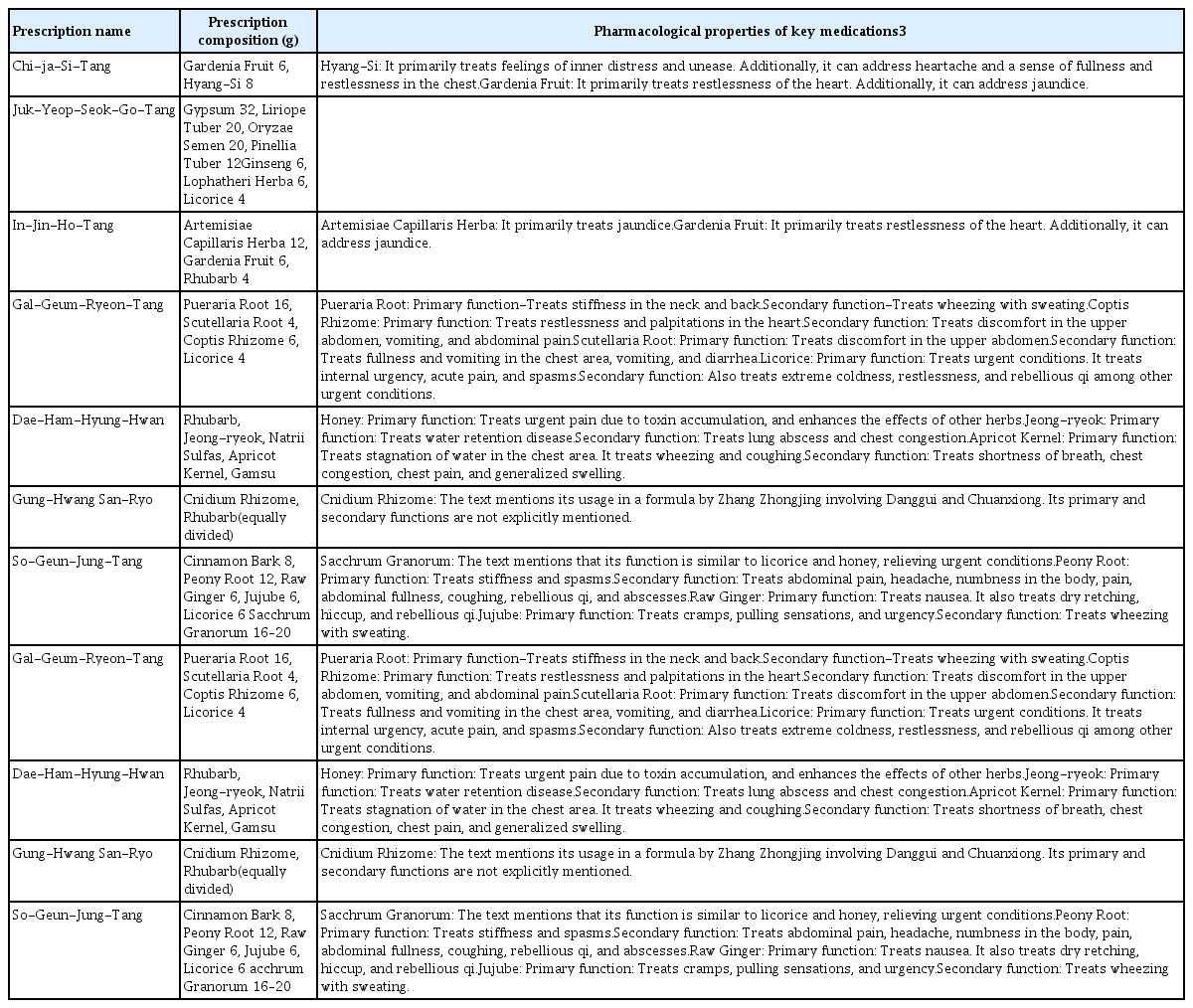| Chi-ja-Si-Tang |
Gardenia Fruit 6, Hyang-Si 8 |
Hyang-Si: It primarily treats feelings of inner distress and unease. Additionally, it can address heartache and a sense of fullness and restlessness in the chest.
Gardenia Fruit: It primarily treats restlessness of the heart. Additionally, it can address jaundice. |
| Juk-Yeop-Seok-Go-Tang |
Gypsum 32, Liriope Tuber 20, Oryzae Semen 20, Pinellia Tuber 12
Ginseng 6, Lophatheri Herba 6, Licorice 4 |
|
| In-Jin-Ho-Tang |
Artemisiae Capillaris Herba 12, Gardenia Fruit 6, Rhubarb 4 |
Artemisiae Capillaris Herba: It primarily treats jaundice.
Gardenia Fruit: It primarily treats restlessness of the heart. Additionally, it can address jaundice. |
| Gal-Geum-Ryeon-Tang |
Pueraria Root 16, Scutellaria Root 4, Coptis Rhizome 6, Licorice 4 |
Pueraria Root: Primary function-Treats stiffness in the neck and back.
Secondary function-Treats wheezing with sweating.
Coptis Rhizome: Primary function: Treats restlessness and palpitations in the heart.
Secondary function: Treats discomfort in the upper abdomen, vomiting, and abdominal pain.
Scutellaria Root: Primary function: Treats discomfort in the upper abdomen.
Secondary function: Treats fullness and vomiting in the chest area, vomiting, and diarrhea.
Licorice: Primary function: Treats urgent conditions. It treats internal urgency, acute pain, and spasms.
Secondary function: Also treats extreme coldness, restlessness, and rebellious qi among other urgent conditions. |
| Dae-Ham-Hyung-Hwan |
Rhubarb, Jeong-ryeok, Natrii Sulfas, Apricot Kernel, Gamsu |
Honey: Primary function: Treats urgent pain due to toxin accumulation, and enhances the effects of other herbs.
Jeong-ryeok: Primary function: Treats water retention disease.
Secondary function: Treats lung abscess and chest congestion.
Apricot Kernel: Primary function: Treats stagnation of water in the chest area. It treats wheezing and coughing.
Secondary function: Treats shortness of breath, chest congestion, chest pain, and generalized swelling. |
| Gung-Hwang San-Ryo |
Cnidium Rhizome, Rhubarb(equally divided) |
Cnidium Rhizome: The text mentions its usage in a formula by Zhang Zhongjing involving Danggui and Chuanxiong. Its primary and secondary functions are not explicitly mentioned. |
| So-Geun-Jung-Tang |
Cinnamon Bark 8, Peony Root 12, Raw Ginger 6, Jujube 6, Licorice 6 Sacchrum Granorum 16–20 |
Sacchrum Granorum: The text mentions that its function is similar to licorice and honey, relieving urgent conditions.
Peony Root: Primary function: Treats stiffness and spasms.
Secondary function: Treats abdominal pain, headache, numbness in the body, pain, abdominal fullness, coughing, rebellious qi, and abscesses.
Raw Ginger: Primary function: Treats nausea. It also treats dry retching, hiccup, and rebellious qi.
Jujube: Primary function: Treats cramps, pulling sensations, and urgency.
Secondary function: Treats wheezing with sweating. |
| Gal-Geum-Ryeon-Tang |
Pueraria Root 16, Scutellaria Root 4, Coptis Rhizome 6, Licorice 4 |
Pueraria Root: Primary function-Treats stiffness in the neck and back.
Secondary function-Treats wheezing with sweating.
Coptis Rhizome: Primary function: Treats restlessness and palpitations in the heart.
Secondary function: Treats discomfort in the upper abdomen, vomiting, and abdominal pain.
Scutellaria Root: Primary function: Treats discomfort in the upper abdomen.
Secondary function: Treats fullness and vomiting in the chest area, vomiting, and diarrhea.
Licorice: Primary function: Treats urgent conditions. It treats internal urgency, acute pain, and spasms.
Secondary function: Also treats extreme coldness, restlessness, and rebellious qi among other urgent conditions. |
| Dae-Ham-Hyung-Hwan |
Rhubarb, Jeong-ryeok, Natrii Sulfas, Apricot Kernel, Gamsu |
Honey: Primary function: Treats urgent pain due to toxin accumulation, and enhances the effects of other herbs.
Jeong-ryeok: Primary function: Treats water retention disease.
Secondary function: Treats lung abscess and chest congestion.
Apricot Kernel: Primary function: Treats stagnation of water in the chest area. It treats wheezing and coughing.
Secondary function: Treats shortness of breath, chest congestion, chest pain, and generalized swelling. |
| Gung-Hwang San-Ryo |
Cnidium Rhizome, Rhubarb(equally divided) |
Cnidium Rhizome: The text mentions its usage in a formula by Zhang Zhongjing involving Danggui and Chuanxiong. Its primary and secondary functions are not explicitly mentioned. |
| So-Geun-Jung-Tang |
Cinnamon Bark 8, Peony Root 12, Raw Ginger 6, Jujube 6, Licorice 6 acchrum Granorum 16–20 |
Sacchrum Granorum: The text mentions that its function is similar to licorice and honey, relieving urgent conditions.
Peony Root: Primary function: Treats stiffness and spasms.
Secondary function: Treats abdominal pain, headache, numbness in the body, pain, abdominal fullness, coughing, rebellious qi, and abscesses.
Raw Ginger: Primary function: Treats nausea. It also treats dry retching, hiccup, and rebellious qi.
Jujube: Primary function: Treats cramps, pulling sensations, and urgency.
Secondary function: Treats wheezing with sweating. |
